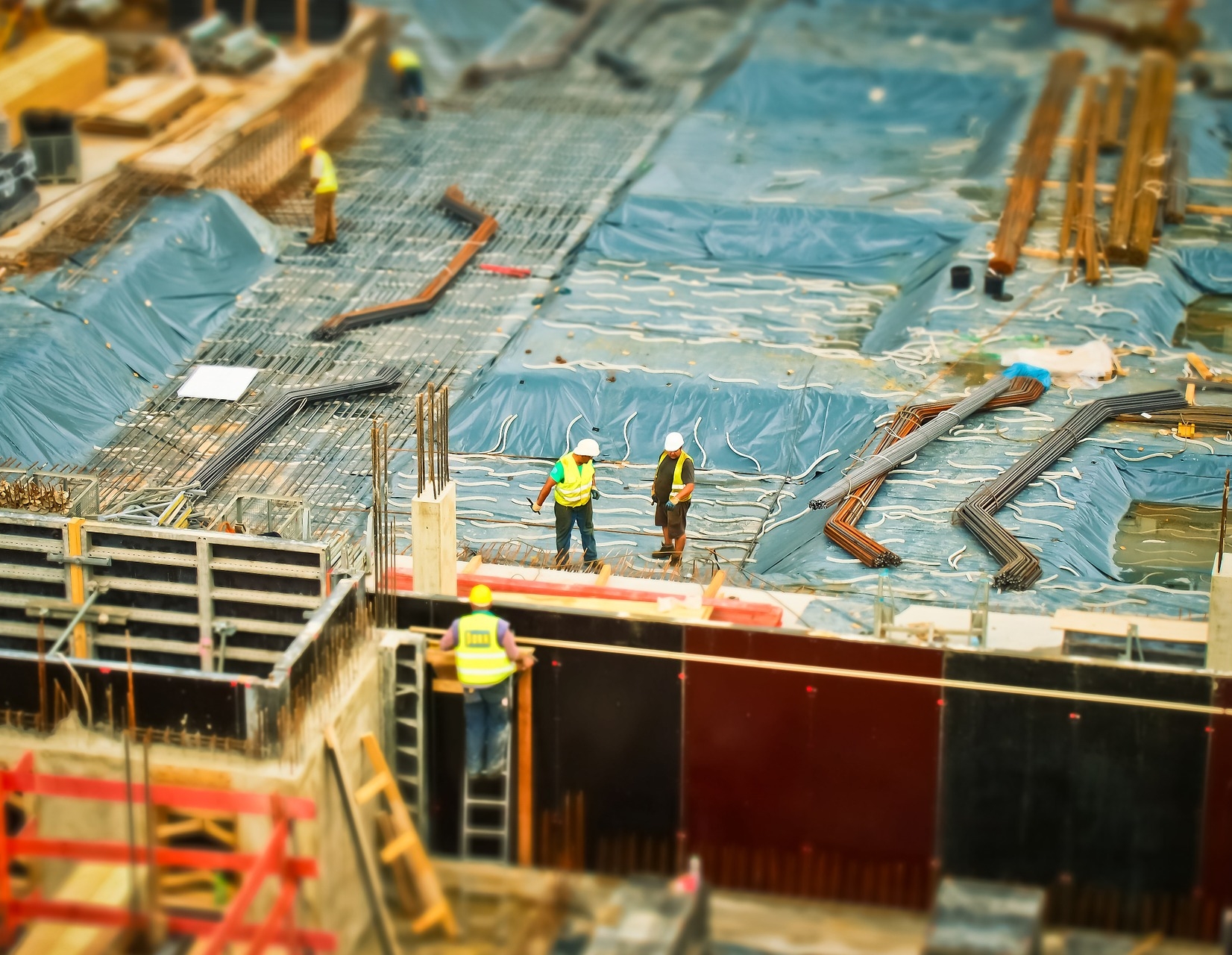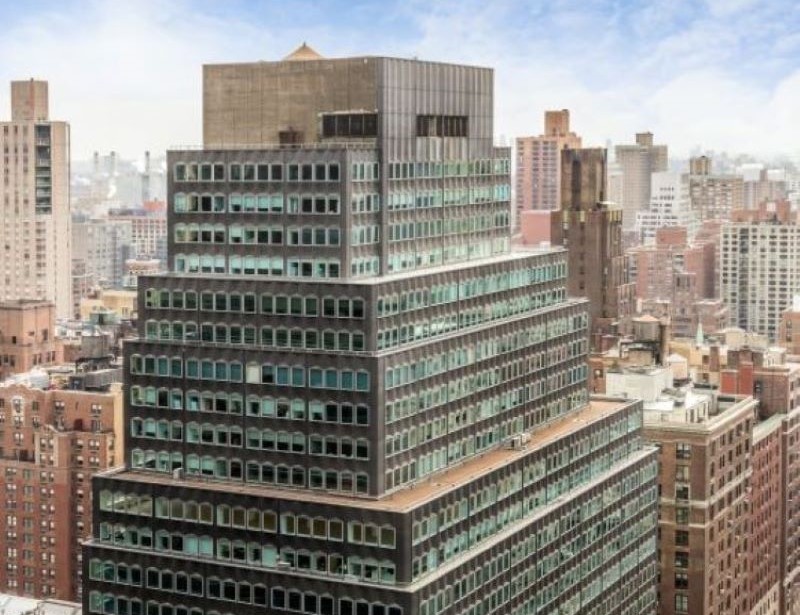Industrial Vacancy to Stay Near Historic Lows
High demand, low supply and rising rents seen in the second quarter will likely persist through year’s end, according to Prologis.
The U.S. logistics sector continues to thrive, but the high-flying days seen in 2018 gave way to a more sustainable level of activity in the second quarter of 2019, according to Prologis Inc.’s U.S. industrial business indicator, a survey of customer sentiment.
Prologis’ IBI activity index has continued to moderate this year and settled in at 60 in the second quarter, a slight decline from the first quarter figure of 60.4 and a notable drop from the peak seen in the fourth quarter of 2018, which topped out at an unsustainable 67.8. The more modest IBI means the flow of goods through customer facilities is still growing, but at a healthy rather than frenzied pace, Melinda McLaughlin, head of U.S. research with Prologis, said in a video statement on the report. And combined with a utilization rate that held steady in the 85 to 86 percent range, the IBI indicates that demand has returned to normal.
READ ALSO: With $4B Buy of IPT, Prologis Bulks Up in Key Markets
Industrial supply remained constrained in aggregate in the second quarter, challenged by an insufficient amount of land suitable for the development of state-of-the-art facilities and industry consolidation into the institutional arena. The result—a vacancy rate that stood at a low 4.5 percent.
While the construction pipeline reached a new cyclical high of more than 270 million square feet, half that development activity was concentrated in just six markets: Pennsylvania, Atlanta, Chicago, the Inland Empire, Dallas and Houston. Furthermore, as strong demand and low supply persisted in the second quarter, net effective rents increased approximately 3.5 percent in the first half of 2019.
Second-half forecast
More of the same is on tap for the U.S. for the remainder of 2019. Per the report, the vacancy rate will remain at its historic low of 4.5 percent. Rental rate growth will slow but will continue nonetheless, increasing an anticipated 6 percent by year’s end, down from 8 percent in 2018 and 9 percent in 2017. Aside from the six aforementioned isolated pockets of substantial development, users should continue to expect an environment of limited availability and rapidly rising rents, McLaughlin explained.








You must be logged in to post a comment.